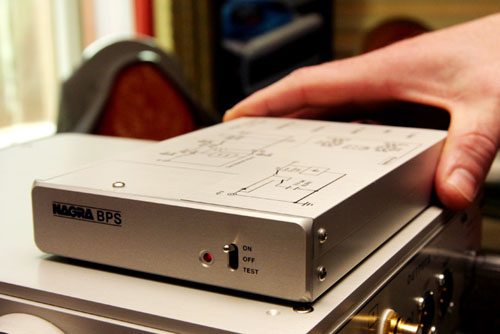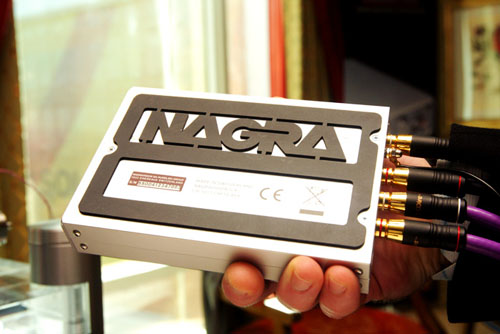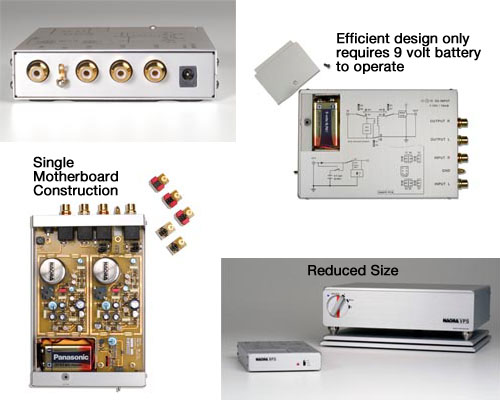NAGRA BPS (Bi-polar Phono Stage)
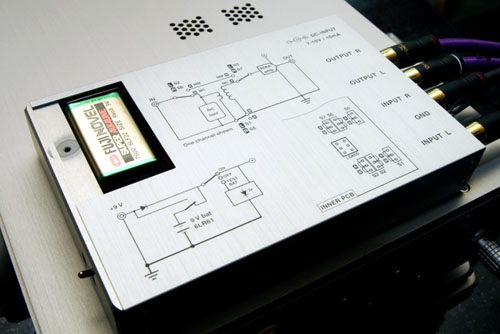 What’s remarkable about the Nagra BPS phono stage is not its small size, although that’s certainly attention-grabbing. instead, it’s the circuitry and well-considered features that are squeezed into this hand-sized chassis that make the BPS noteworthy.
What’s remarkable about the Nagra BPS phono stage is not its small size, although that’s certainly attention-grabbing. instead, it’s the circuitry and well-considered features that are squeezed into this hand-sized chassis that make the BPS noteworthy.
The BPS uses essentially the same circuit as Nagra’s VPS phono stage, but it omits the VPS’s tubes. Like the VPS, it uses custom Nagra step-up transformers to derive its gain — 45 to 60dB, making it suitable for use with moving-coil cartridges. It runs on a nine-volt battery, although wall power is also an option.
The reduced size of the Nagra BPS phono preamplifier is the result of using completely solid-state technology, less costly to implement than Nagra’s valve phonostage version. The BPS electronics consumes so little power that it operates for approximately 100 hours on a single 9-volt battery. Due to using a battery power supply, there is no need for a costly external power supply that is complex to manufacture. The Nagra BPS enjoys an attractive positioning thanks to a simplified approach as regards functions. Nagra however retained the popular load adaptation found on the VPS model, which uses small plug-in modules to attain the desired matching between the phono preamplifier and the specific cartridge. Nagra’s BPS supports either moving-coils (MC) or moving-magnet cartridges (MM) by means of appropriate switching. Assembled on a single motherboard, the electronics use exclusively discrete and military-type components (JAN standard). The amplification is provided by selected and matched bipolar transistors. The capacitors on the signal path are of audiophile quality and the precision resistors are MELF (Metal Electrode Leadless Face). The MC input transformers are designed and wound by Nagra. All components are housed within a Nagra style brushed aluminum case.
Pro-Ject RPM 10.1
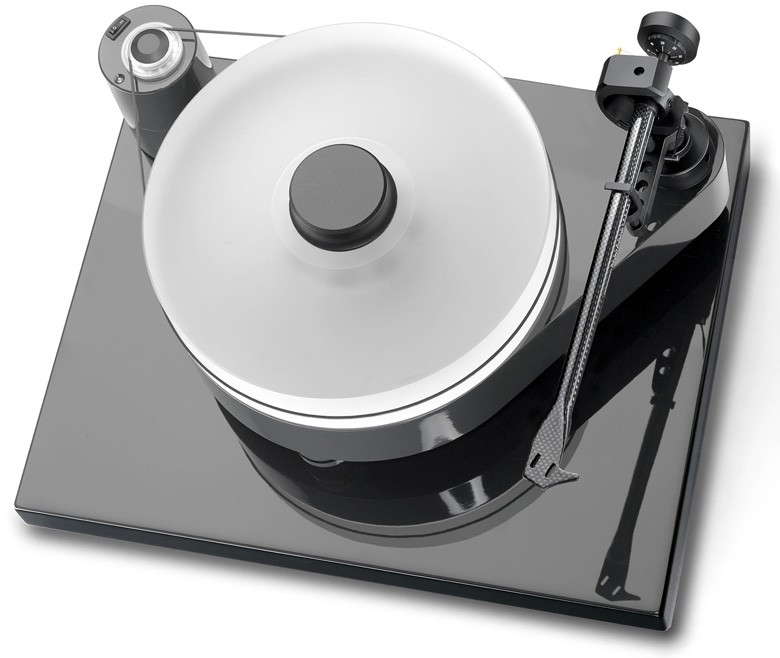 Manual turntable with 10″ precision tonearm
Manual turntable with 10″ precision tonearm
and equipment base Pro-Ject Ground it deluxe
Good sound from sound technology
• Tonearm bearing comprises inverted hardened stainless tips in ABEC7 spec ballraces
• Headshell and conical armtube formed from a single carbon fibre workpiece
• Armtube allows adjustment of needle azimuth despite fixed headshell
• Vertical tracing angle adjustable
• Acrylic platter with perimeter belt drive and brass record puck
• Magnet supported, inverted main bearing with ceramic thrust-pad
• Central metal block optimises centre of gravity
• Granulate filled plinth and equipment base for universal damping
• Sorbothane-damped aluminium cones
• Drive motor housed in separate base
Wilson Benesch Phono Cartridges
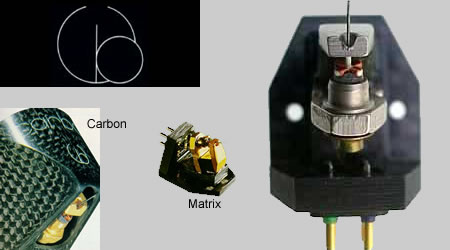 The Wilson Benesch cartridge range is distinctly different from all other cartridges in the world. Whilst conventional materials technology can be seen as the norm, in the Wilson Benesch range the principle structures are all manufactured from solid carbon fibre.
The Wilson Benesch cartridge range is distinctly different from all other cartridges in the world. Whilst conventional materials technology can be seen as the norm, in the Wilson Benesch range the principle structures are all manufactured from solid carbon fibre.
Available through My Kind of Music; for more information visit this Manufacturer’s site: www.wilson-benesch.com/analog.html
ORTOFON – Denmark – Cartridges & Stylii
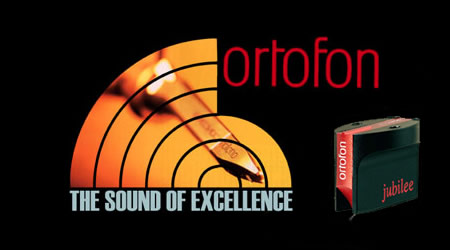 Ortofon was founded in 1918 by two Danish engineers, Axel Petersen and Arnold Poulsen. These two pioneers had one very clear objective in mind – to put sound onto film, and with this, they established the Electrical Fonofilms Company A/S, which later on was renamed Ortofon A/S. A few years later, in the Palace Theatre, Copenhagen, they were able to present the first fully-synchronized sound films and in so doing, created a world sensation.
Ortofon was founded in 1918 by two Danish engineers, Axel Petersen and Arnold Poulsen. These two pioneers had one very clear objective in mind – to put sound onto film, and with this, they established the Electrical Fonofilms Company A/S, which later on was renamed Ortofon A/S. A few years later, in the Palace Theatre, Copenhagen, they were able to present the first fully-synchronized sound films and in so doing, created a world sensation.
Ortofon was also the first company to produce an outdoor sound film recording. The founders took out several patents and issued licences to film companies the world over for their “System Petersen og Poulsen”, which is even to this day the basis for film with optical sound.
Until the second world war, Ortofon’s growth was based entirely on the sound film. However, during the war and immediately afterwards, production was re-organized to include record cutting and reproducing equipment. The first Moving Coil cutterhead was produced as early as 1945, and the Moving Coil principle was then further developed to enable production of, first, mono cartridges and, later, also stereo cartridges.
During this busy period of growth, equipment was also being developed for broadcasting networks and recording studios. It was not until later that the Company decided to specialize solely in the development and production of cartridges. Unique experience at both ends of the recording sequence results in unsurpassed performence from every Ortofon cartridge.
Available through My Kind of Music; for more information visit this site: http://www.ortofon.com
Goldnote
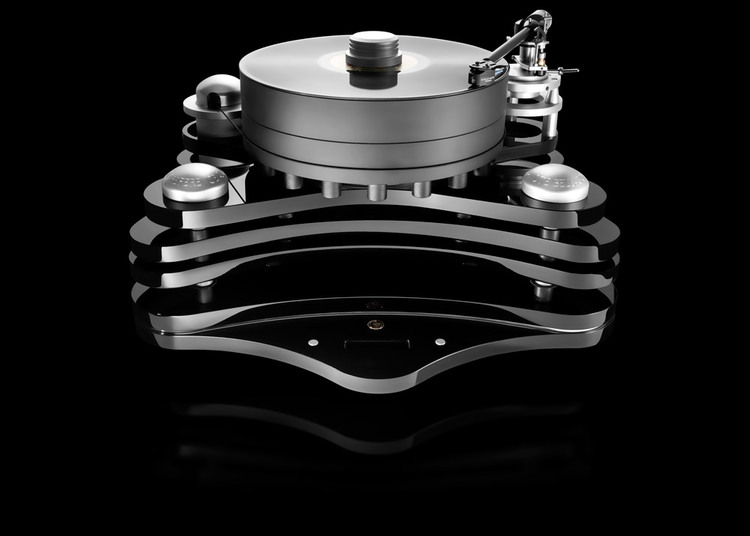
Goldnote Turntables, formerly known as Bluenote, are manufactured in Florence Italy of the very finest materials including machine worked aluminium, brass,bronze, stainless steel, all to improve sonic performances. Their design results in the maximum dampening of vibration and rumble. When Goldnote tonearms and cartridges are used, the result is a perfectly matched system.
Available through My Kind of Music; for more information visit the manufacturer’s site: http://www.goldnote.it
Tonearm & Cartridge Alignment
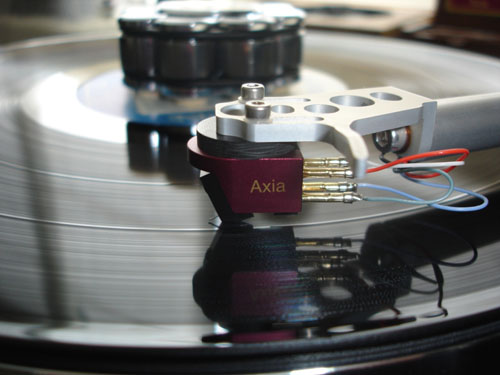 MKOM is unique in providing this service in the Greater Toronto area. As a dealer committed to the best possible analog performance at almost any budget level, we have the tools and the knowledge to apply them for your benefit and long term listening enjoyment.
MKOM is unique in providing this service in the Greater Toronto area. As a dealer committed to the best possible analog performance at almost any budget level, we have the tools and the knowledge to apply them for your benefit and long term listening enjoyment.
Whether you purchase a phono cartridge, tonearm, turntable, or some combination of the above and perhaps other components, MKOM provides its exclusive setup and alignment service free of charge as part of providing real value for your investment. For turntable systems not purchased from us, we offer the same service at the reasonable cost of $125.00 within the GTA. Additional charge of $25.00 may be applicable for areas outside of the GTA. The $125.00 fee may be applied toward future analog purchases including turntables, tonearms, and cartridges, and such purchases include the setup and alignment service. Thus it’s a win-win every customer should take advantage of.
What the service includes
Setting overhang and offset angle
Setting tracking force
Adjustment of anti-skating
Measurement of phase error and crosstalk for different azimuth settings
Wow and flutter speed accuracy
Frequency response
Tonearm/cartridge resonances
Harmonic distortion
Tonearm resonances
What differences should you expect
Better imaging
Deeper, wider soundstage
Lower noise and distortion
Clearer high frequencies
More tuneful, better defined bass
Richer tone and harmonics
Reduced record wear
Longer stylus life
FOZGOMETER AZIMUTH RANGE FINDER
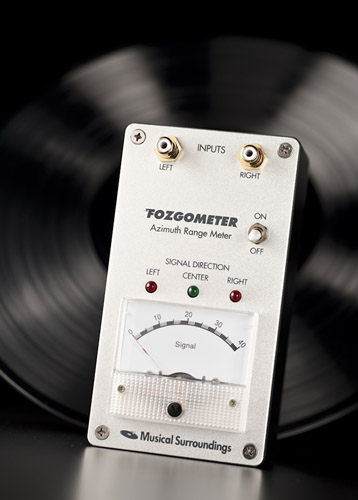 To obtain high performance from a modern phonograph system, the tonearm and pickup cartridge must be properly adjusted to within a few thousands of an inch. There are several alignment gauges available to adjust overhang and offset. To adjust cartridge azimuth (Axial Tilt), it has been necessary to use lab quality equipment and a test record. Azimuth may be adjusted using an oscilloscope, AC voltmeter, or computer program. These methods can be expensive and time consuming.
To obtain high performance from a modern phonograph system, the tonearm and pickup cartridge must be properly adjusted to within a few thousands of an inch. There are several alignment gauges available to adjust overhang and offset. To adjust cartridge azimuth (Axial Tilt), it has been necessary to use lab quality equipment and a test record. Azimuth may be adjusted using an oscilloscope, AC voltmeter, or computer program. These methods can be expensive and time consuming.
The FOZGOMETER represents a breakthrough for adjusting phono system azimuth. The FOZGOMETER incorporates a “Log Ratio Detector” developed for surround processor steering logic circuits to measure channel separation over a wide range of signal levels down to -70 dB. The readings are virtually independent of overall signal levels, and can be made with a wide range of input signals without effecting accuracy. It is a small portable battery powered unit that is used in conjunction with a test record. It measures channel separation, channel balance, and signal direction quickly and accurately. Readings are taken without touching the meter, leaving your hands free to work with the tonearm. The meter reads channel separation in both directions, and channel balance. The LED’s indicate Left, Center, and Right signal (test tone) positions.
Technics SL1200MK5 Table c/w Audio Mods Tone Arm
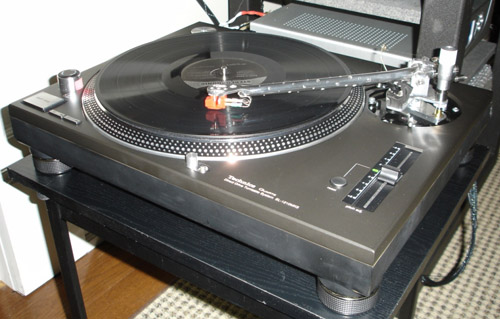 Technics micrometer arm
Technics micrometer arm
The Technics direct drive turntables have a strong following among the Hi-Fi community and it’s become common to fit a Rega arm using an adapter plate. The Audiomods Technics version of the Micrometer arm has a complete dedicated base that drops straight into the Technics 1210 turntable.
Slatedeck
 Specialising in vinyl replay as we believe the analogue playback system still outperforms the digital formats.
Specialising in vinyl replay as we believe the analogue playback system still outperforms the digital formats.
Here you can see an example from our “Slatedeck”© range of Welsh Slate Plinths providing what most would consider the pinnacle of turntable supports for the classic Garrard 301 turntable.
